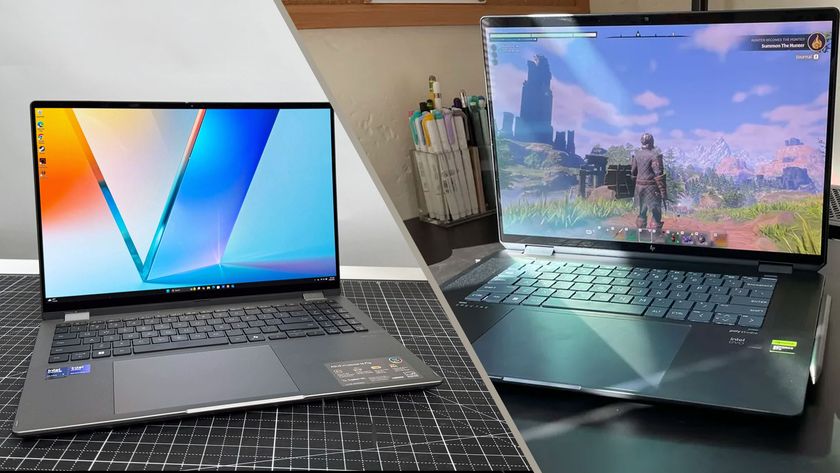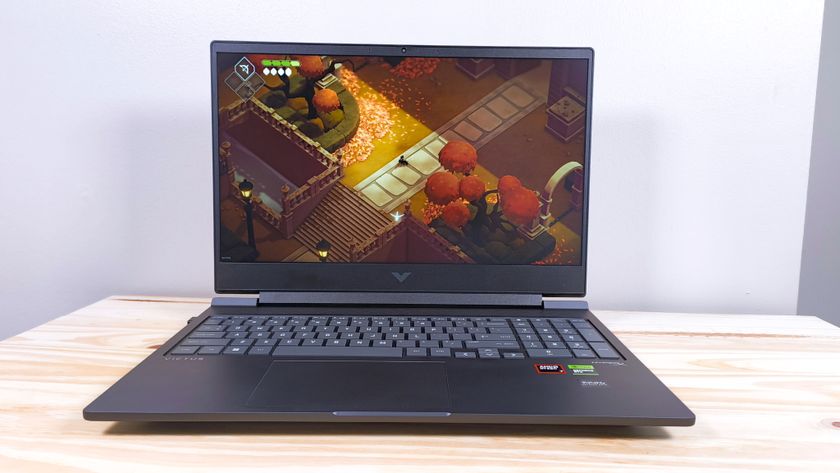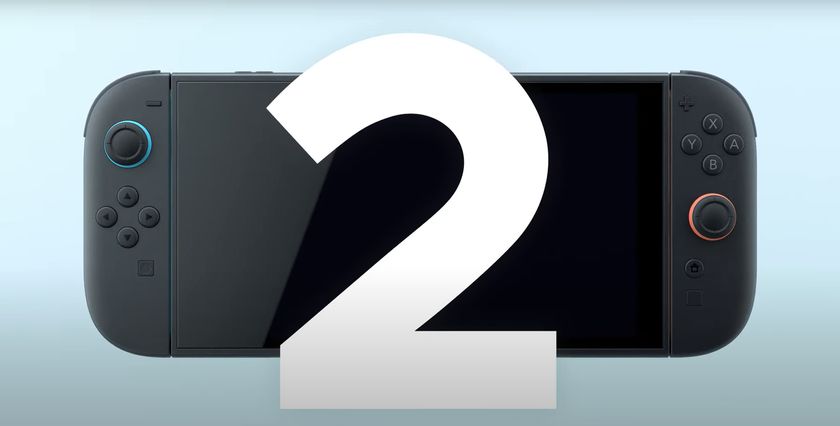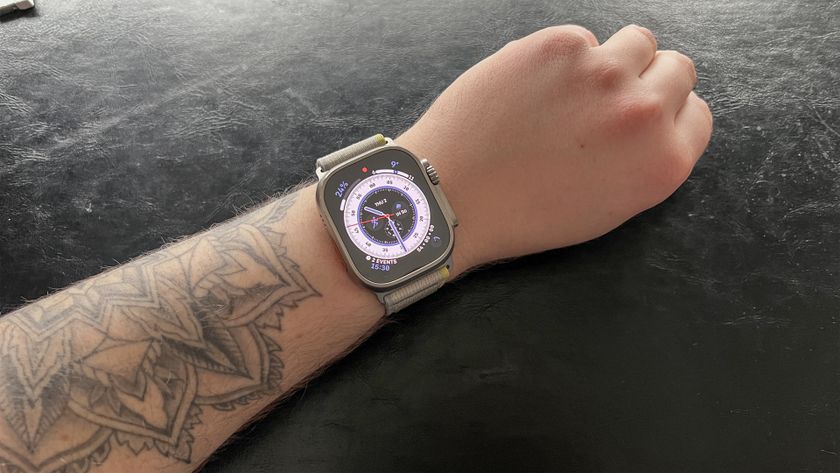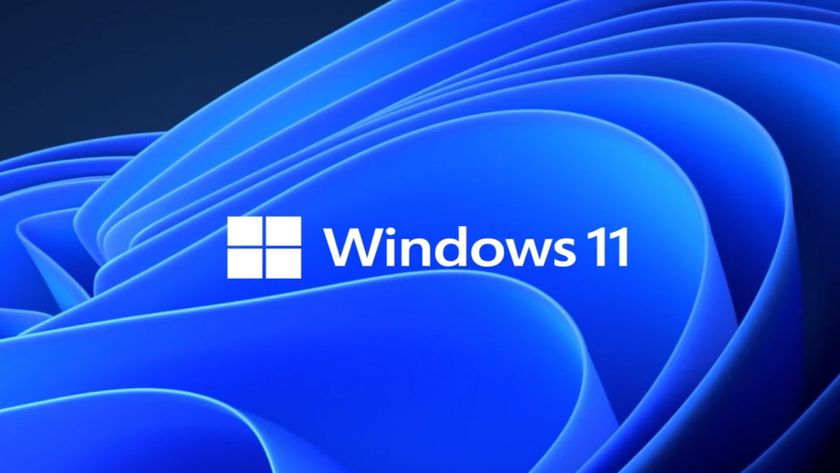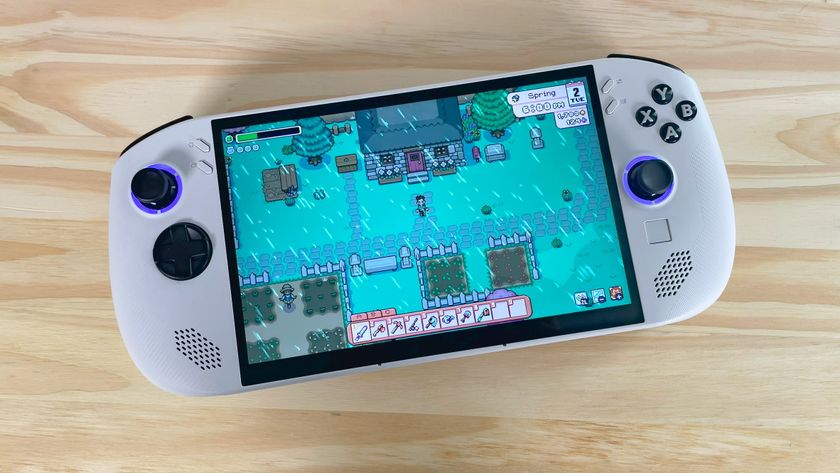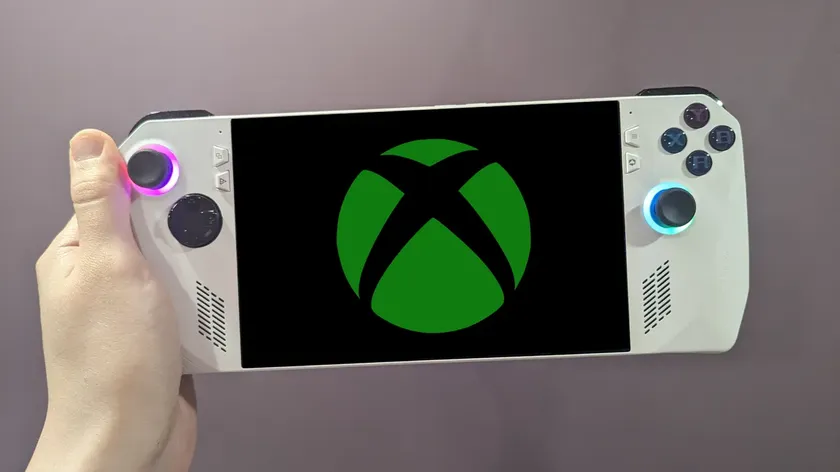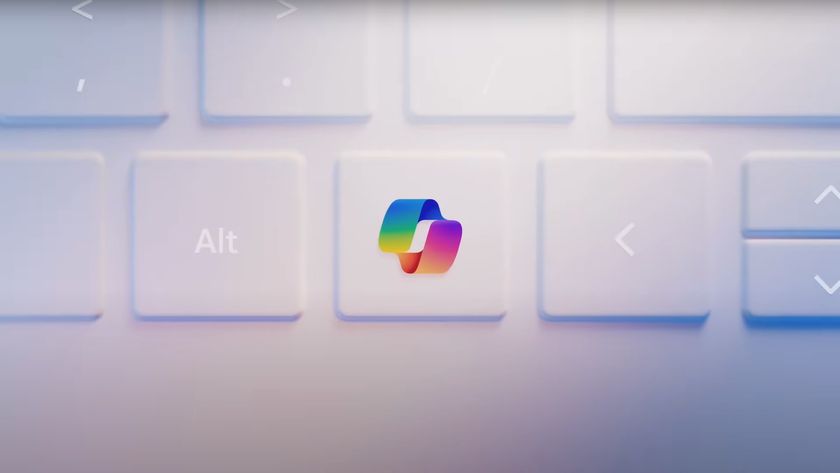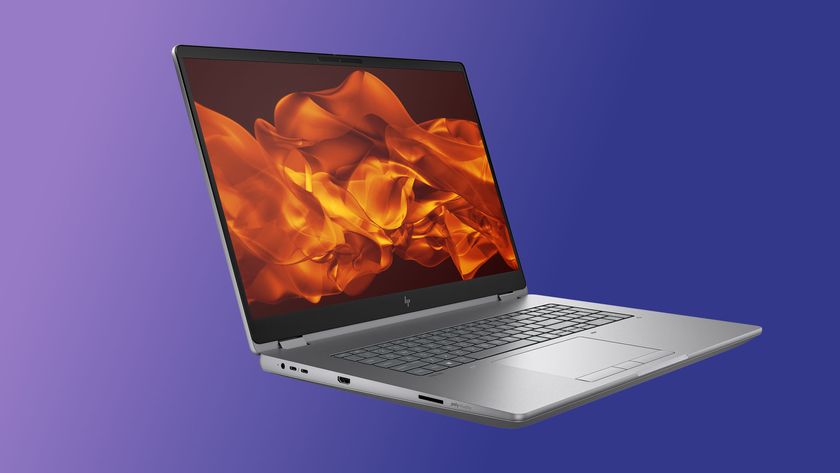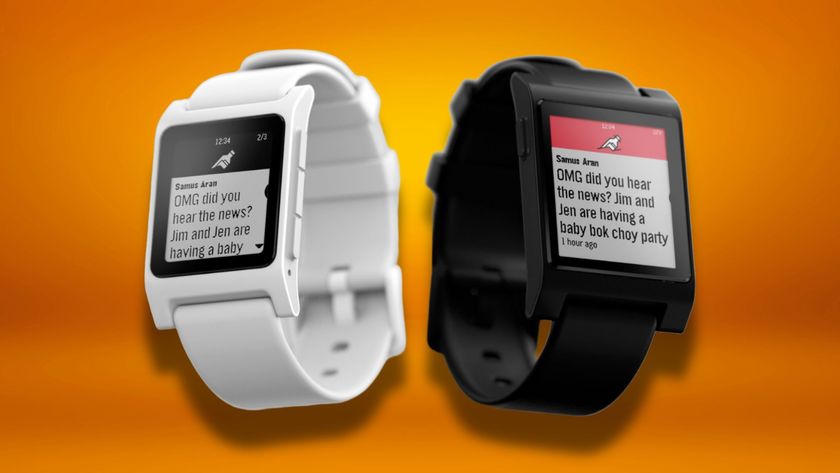I just saw the first miniLED laptop and it’s insanely bright
Sharp, colorful and 1,000 nits of brightness
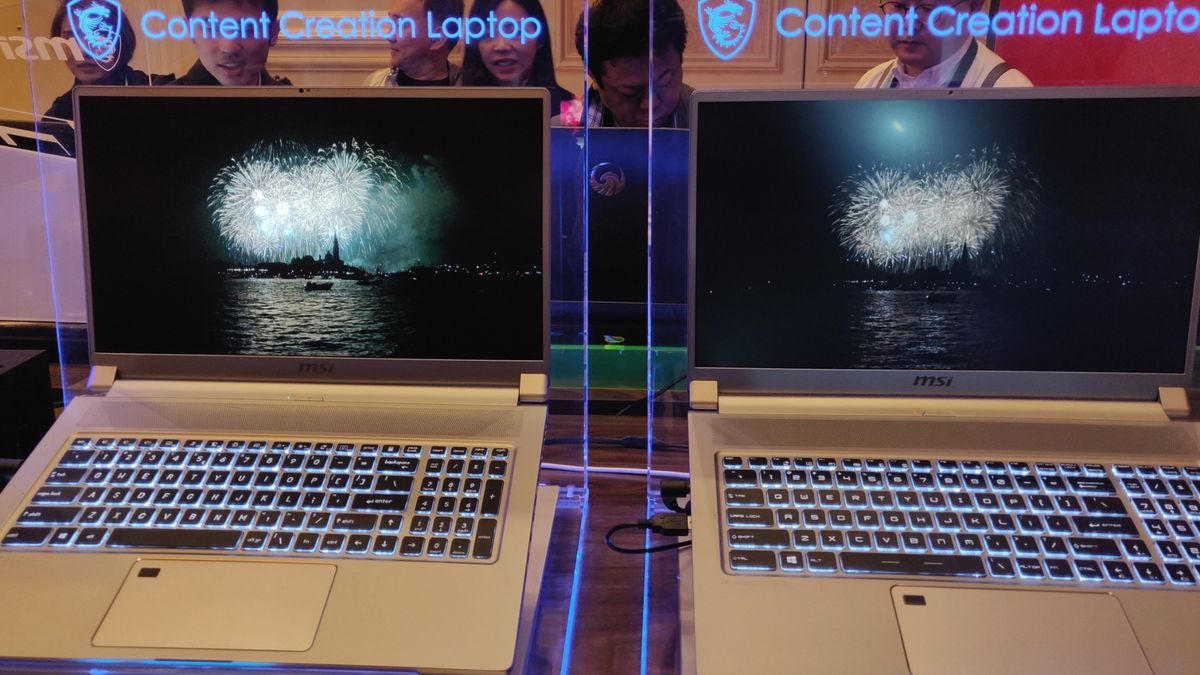
LAS VEGAS -- OLED is so last year. MSI announced last week the Creator 17, the first laptop ever with a miniLED display, and I got to go eyes-on with the new panel at CES 2020.
I'm not yet ready to declare miniLED an OLED conquerer, but my first glimpses at the Creator 17's marvelous panel signal a bright future for laptop displays.
What is miniLED?
MiniLED is a new display technology found in some TVs and upcoming laptops. The tiny LEDs used to power the backlight of the display are, as you might have guessed, much smaller than those in a standard LED panel (but not smaller than microLEDs).
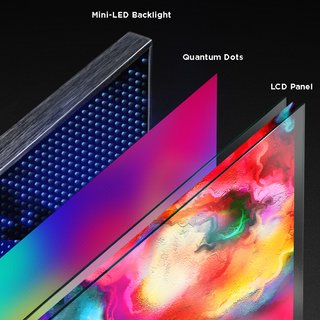
As a result, miniLED displays have greater contrast ratios, deeper black levels, and much higher brightness than the LED panels found in most laptops. More importantly, miniLED displays don't suffer from burn-in, an issue that plagues OLED panels.
The MSI Creator 17 is the first laptop to feature a miniLED display but Apple is rumored to bring the technology to its 16-inch MacBook Pro later this year.
miniLED display impressions
I knew I was in for a treat when an MSI rep told me that the Creator 17's display was HDR 1000 certified. I usually don't pay too much attention to these kinds of certifications but HDR 1000 means that the display can reach 1,000 nits of peak brightness along with very low black levels. For reference, we're typically happy with laptop displays that reach at least 300 nits, and no screen we've tested has breached 650 nits. As it stands, Dell's XPS 15 has the brightest display, at 626 nits.
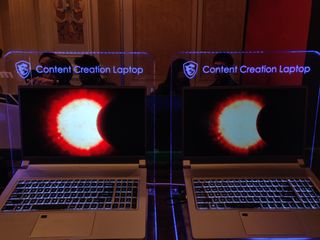
MSI put the Creator 17 with miniLED next to the same laptop with a standard LED panel. The gulf in quality was unmistakable. The 17-inch, 4K miniLED display was significantly brighter than the other panel, which MSI told me reaches between 350 nits and 400 nits.
Stay in the know with Laptop Mag
Get our in-depth reviews, helpful tips, great deals, and the biggest news stories delivered to your inbox.
The extra brightness revealed considerably more details in darker scenes of a video that was playing; I could only see the outline of a cloud on the standard HD screen in a nighttime shot whereas each curve and billow was visible on the miniLED screen. In fact, the miniLED panel was so bright that my OnePlus 6 camera kept blowing out whites and yellows.
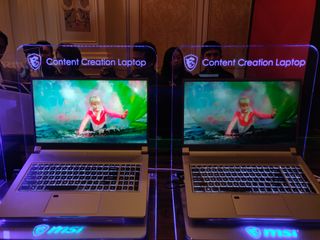
Colors also looked punchier on the miniLED display. A girl's red jacket was a more saturated shade of scarlet on the new panel than on the standard screen. I wasn't surprised at all to learn that the Creator 17's panel covers 100% of the DCIP-3 gamut, a standard used by Hollywood TV and film producers.
Still, I wasn't as blown away by the miniLED panel as I was with the AMOLED display on the new Samsung Galaxy Chromebook. MiniLED also uses backlighting so you don't get the same true blacks as you do with OLED. That said, the night sky was still an inky black on the Creator 17. I'll have to do more comparisons between miniLED and OLED before I can declare a winner but my allegiances still lie with OLED.
When can I buy a laptop with miniLED?
MSI is still tweaking the Creator 17 to get the most out of its miniLED display, so it will be several months before we see it out in the wild.

If all goes well, we can expect to see more miniLED displays from other manufacturers vying for a spot among the growing crop of new screen tech that includes OLED and QLED.
No matter which technology comes out on top, one thing for sure: consumers are the true winners.
Phillip Tracy is the assistant managing editor at Laptop Mag where he reviews laptops, phones and other gadgets while covering the latest industry news. After graduating with a journalism degree from the University of Texas at Austin, Phillip became a tech reporter at the Daily Dot. There, he wrote reviews for a range of gadgets and covered everything from social media trends to cybersecurity. Prior to that, he wrote for RCR Wireless News covering 5G and IoT. When he's not tinkering with devices, you can find Phillip playing video games, reading, traveling or watching soccer.

